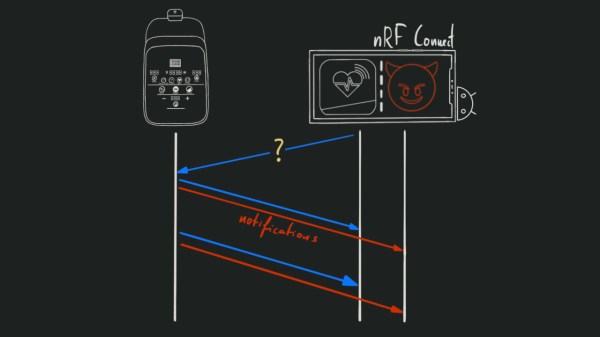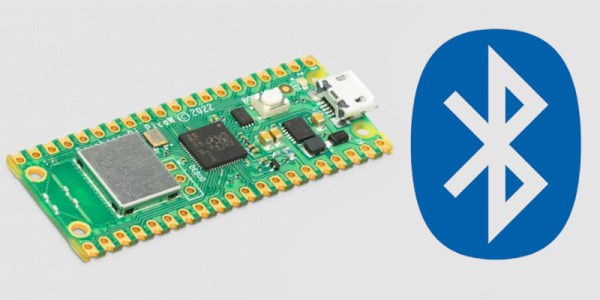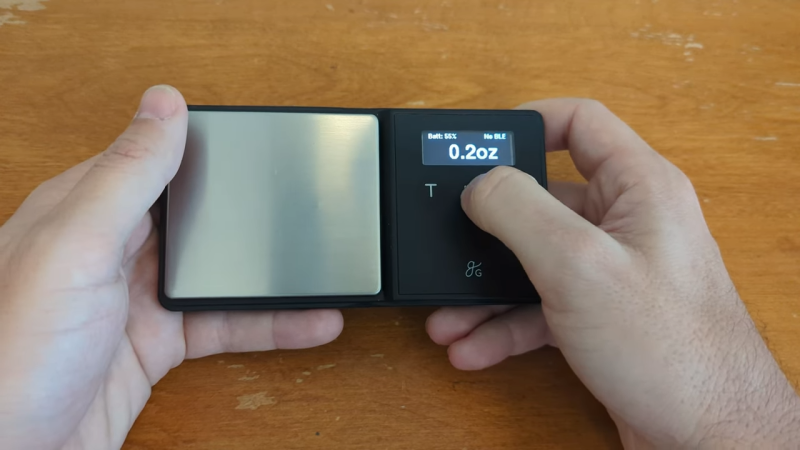During [Matt]’s first year of college, he found in a roundabout way that he could avoid crowds in the dining hall by accessing publicly available occupancy data that the dining hall collected. Presumably this was data for the dining hall to use internally, but with the right API calls anyone could use the information to figure out the best times to eat. But when the dining hall switched providers, this information feed disappeared. Instead of resigning himself to live in a world without real-time data on the state of the dining hall, he recreated the way the original provider counted occupancy: by using Bluetooth as a proxy for occupancy.
Bluetooth devices like smartphones, fitness sensors, and other peripherals often send out advertising packets into the aether, to alert other devices to their presence and help initiate connections between devices. By sniffing these advertising packets, it’s possible to get a rough estimate of the number of people in one particular place, assuming most people in the area will be carrying a smartphone or something of that nature. [Matt]’s Bluetooth-sniffing device is based on the ESP32 set up to simply count the number of unique devices it finds. He had some trouble with large crowds, though, as the first ESP32 device he chose didn’t have enough RAM to store more than a few hundred IDs and would crash once the memory filled. Switching to a more robust module seems to have solved that issue, and with a few rounds of testing he has a workable prototype that can run for long periods and log at least as many Bluetooth devices passing by as there are within its range.
While [Matt] hasn’t deployed this to the dining hall yet, with this framework in place most of the work has been done that, at least in theory, one of these modules could be easily placed anywhere someone was interested in collecting occupancy data. He has plans to submit his project to the university, to research the topic further, and potentially sell these to businesses interested in that kind of data. This isn’t an idea limited to the ESP32, either. We’ve seen similar projects built using the Raspberry Pi’s wireless capabilities that perform similar tasks as this one.
Thanks to [Adrian] for the tip!

















